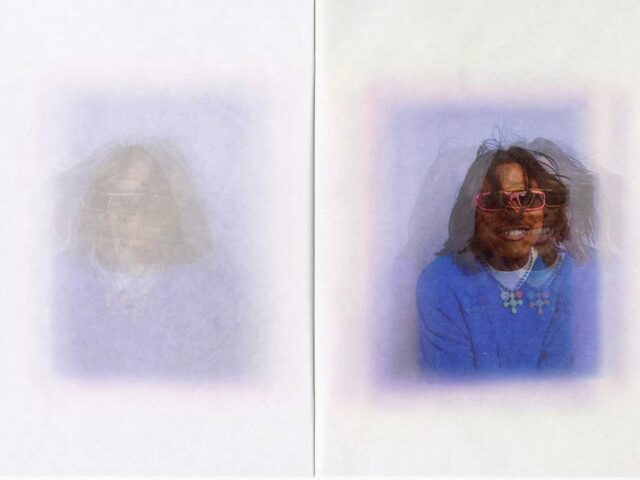The textile revolution begins with the phygital concept and its symbiosis between the physical and the virtual in the same space. Within this imaginary, a series of innovations such as digital identity linked to fashion items, which will mean a before and after in an industry in the process of sustainability, dazzle.

Giving each product its own digital identity opens the way to numerous advantages for both brands and buyers. It all starts with scanning the QR code on the garment, which will lead to a website with information about the item: from the materials used to style suggestions or benefits. On that same website, you can even link to a resale partner, and check the authenticity of that item by looking at previous owners going back to its manufacturer.
That eagerness to equip products with digital IDs can also be extrapolated to the use of RFID tags for inventory tracking in a warehouse linked to blockchain technology. Still, for the time being, assigning those IDs to items manufactured in limited quantities such as luxury watches is a straightforward task. However, implementing such virtualization in big brands is complicated at the moment.
The virtual revolution
Countless start-ups are already anticipating the future by creating physical products with associated digital twins or NFTs, such as the new concept store phygital WOW, Lablaco or Arianee. A method also used by the Aura Blockchain Consortium, a non-profit organization formed by major luxury companies such as LVMH, Prada and Cartier.

Brands already have much of the information needed to provide their products with a basic digital identity in their inventory management systems, embedding it in a QR code, NFC chip or RFID tag, depending on the product.
Companies such as Eon are also experimenting with this transition to the digital world, introducing sustainability information, styling suggestions or mediation with textile recyclers in the event that those items can no longer be sold, into their platform and products.
One of the difficulties faced by the creators of digital IDs is to make them as functional as possible; translating physical fashion into web 3.0 and immersing it in a decentralized model in which the consumer, the product and the retailer do not have to inhabit the same space. The idea here then is that all products have their own identity and digitized with as much information as possible to continue building a new sustainable and circular paradigm.
–
Featured image credits:
@johwska the dress in movement with @dapper_labs and @the_fab_ric_ant.
Sigue toda la información de HIGHXTAR desde Facebook, Twitter o Instagram
You may also like...




